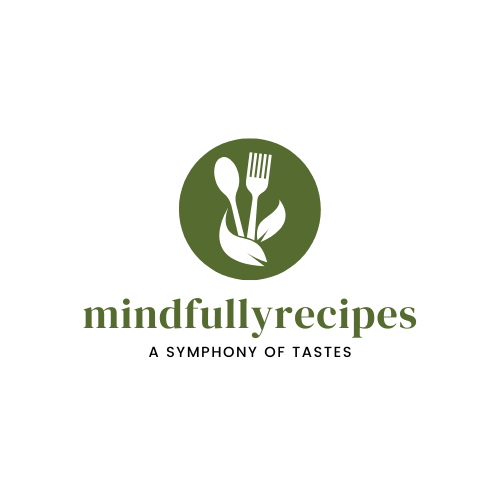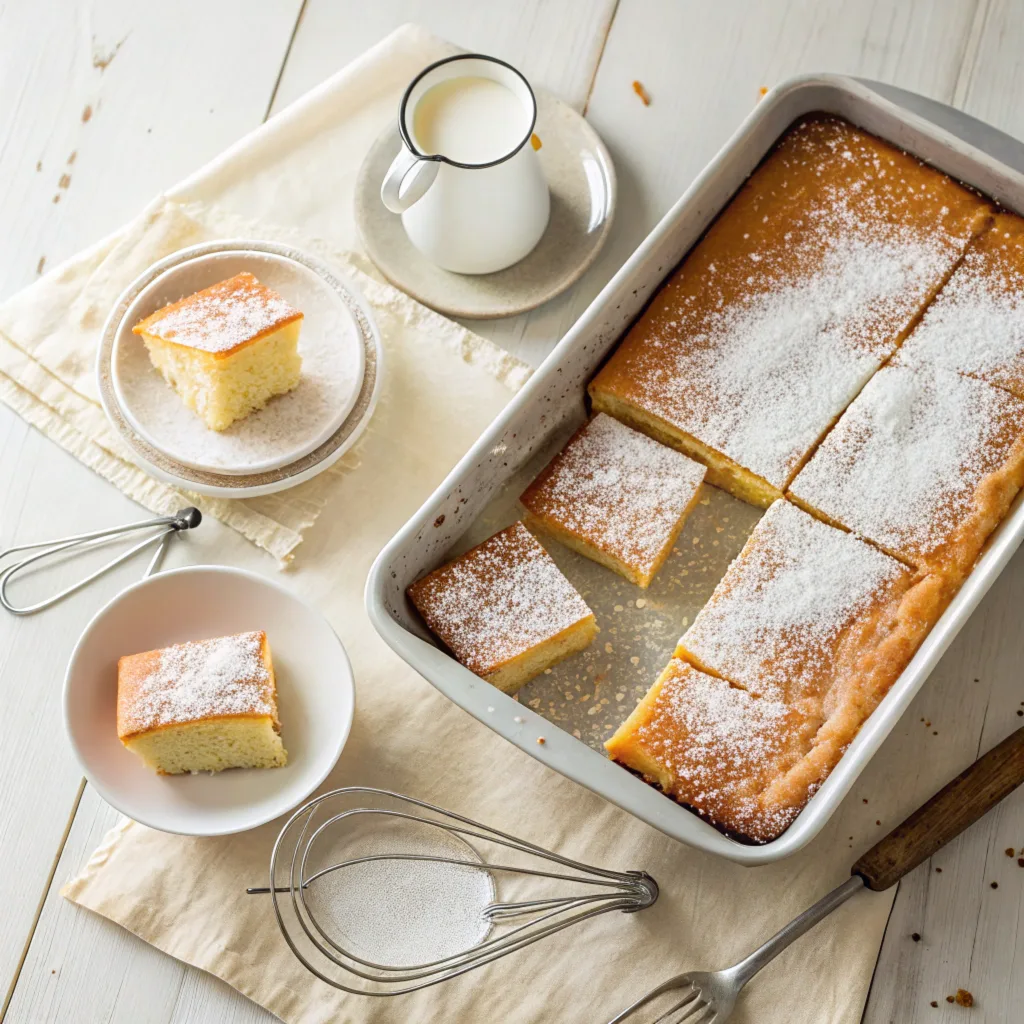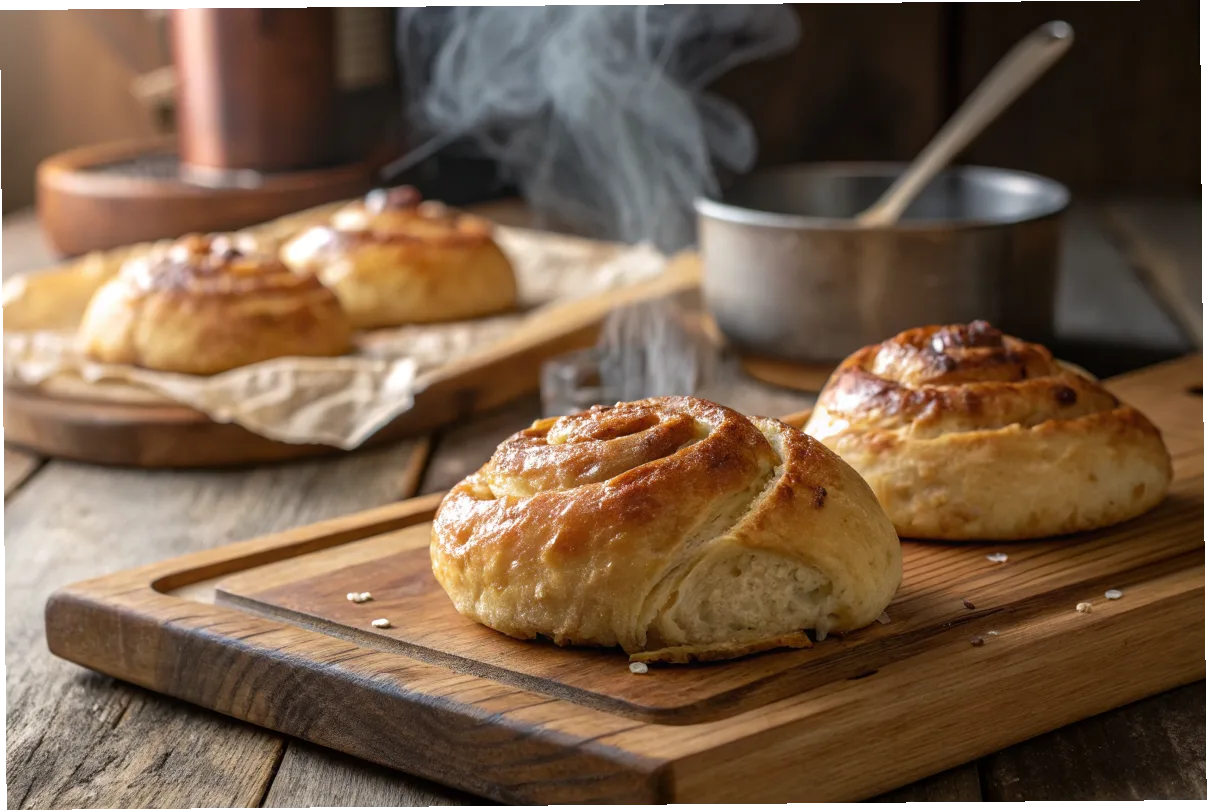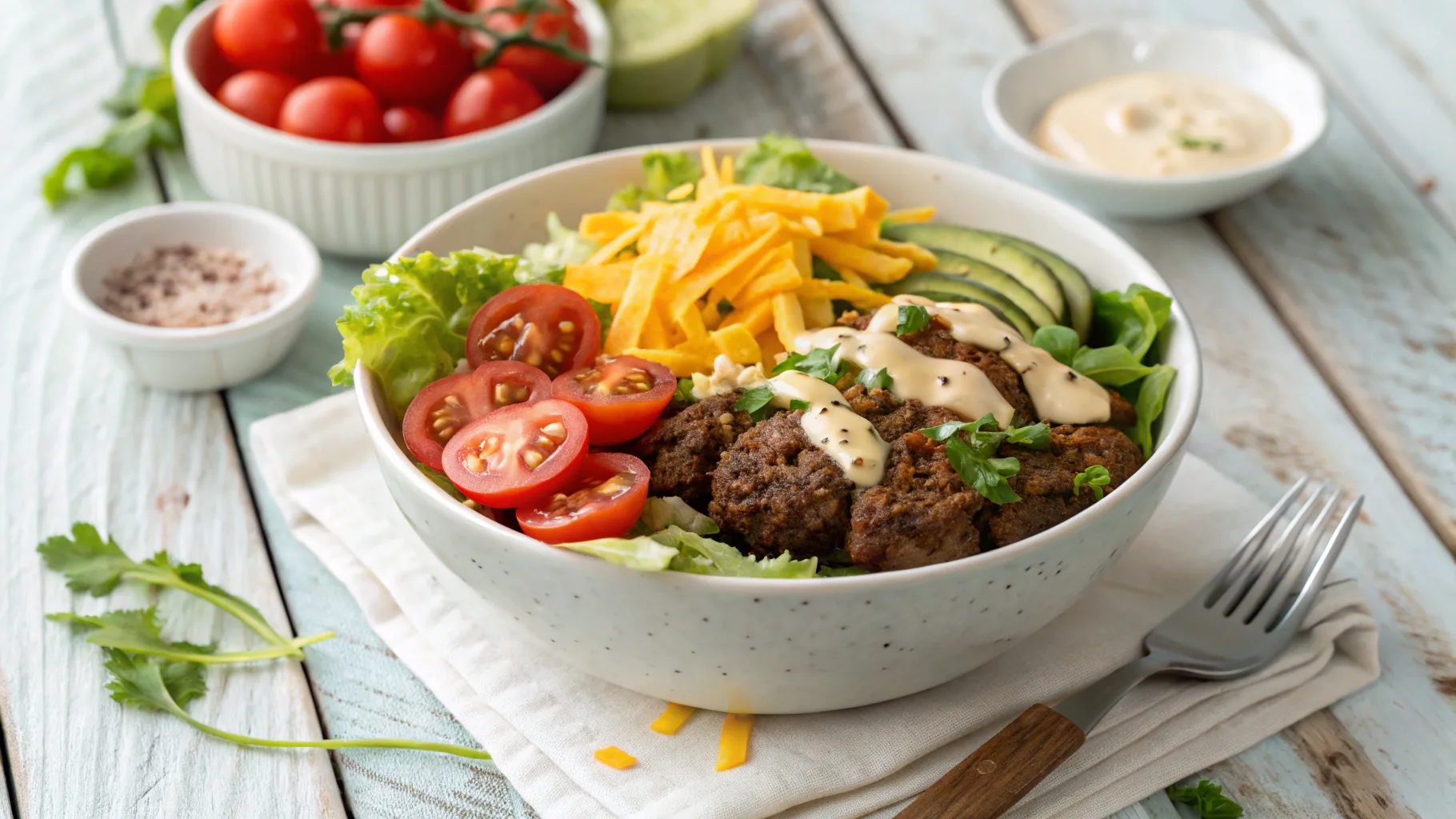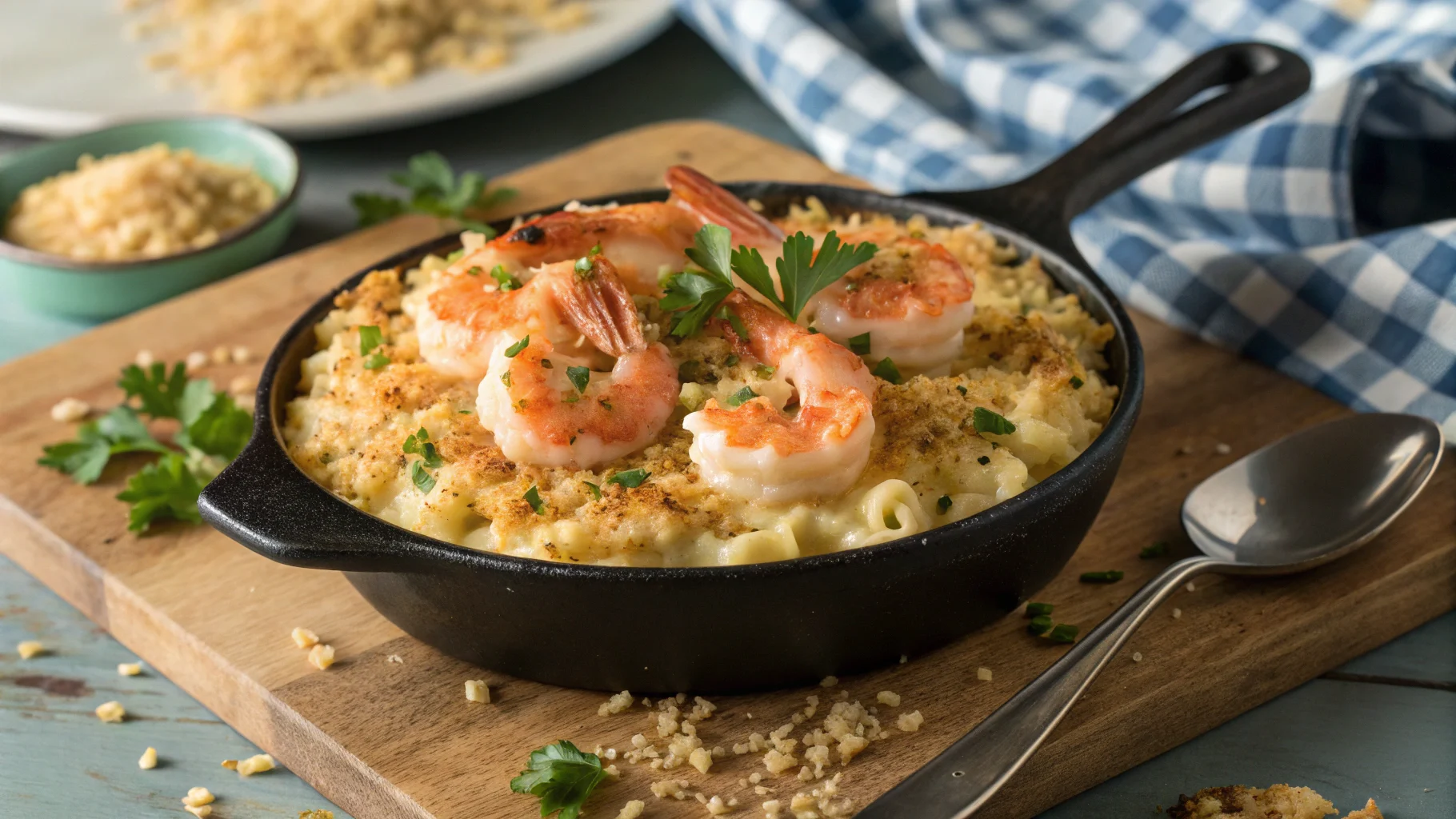If you’re searching for a dessert that’s simple to make, flavorful, and brimming with a unique twist, you’ve just found it. This kefir sheet cake recipe combines the beloved texture of a classic sheet cake with the distinct tang of kefir. This fermented dairy ingredient not only adds richness but also offers probiotic benefits, making your cake a unique treat.
In this article, we’ll break down everything you need to know to whip up a delicious kefir sheet cake, from its standout ingredients and step-by-step instructions to essential baking tips and creative serving ideas. By the end, you’ll be armed with a foolproof recipe that’ll quickly become a go-to for gatherings or a cozy treat at home.
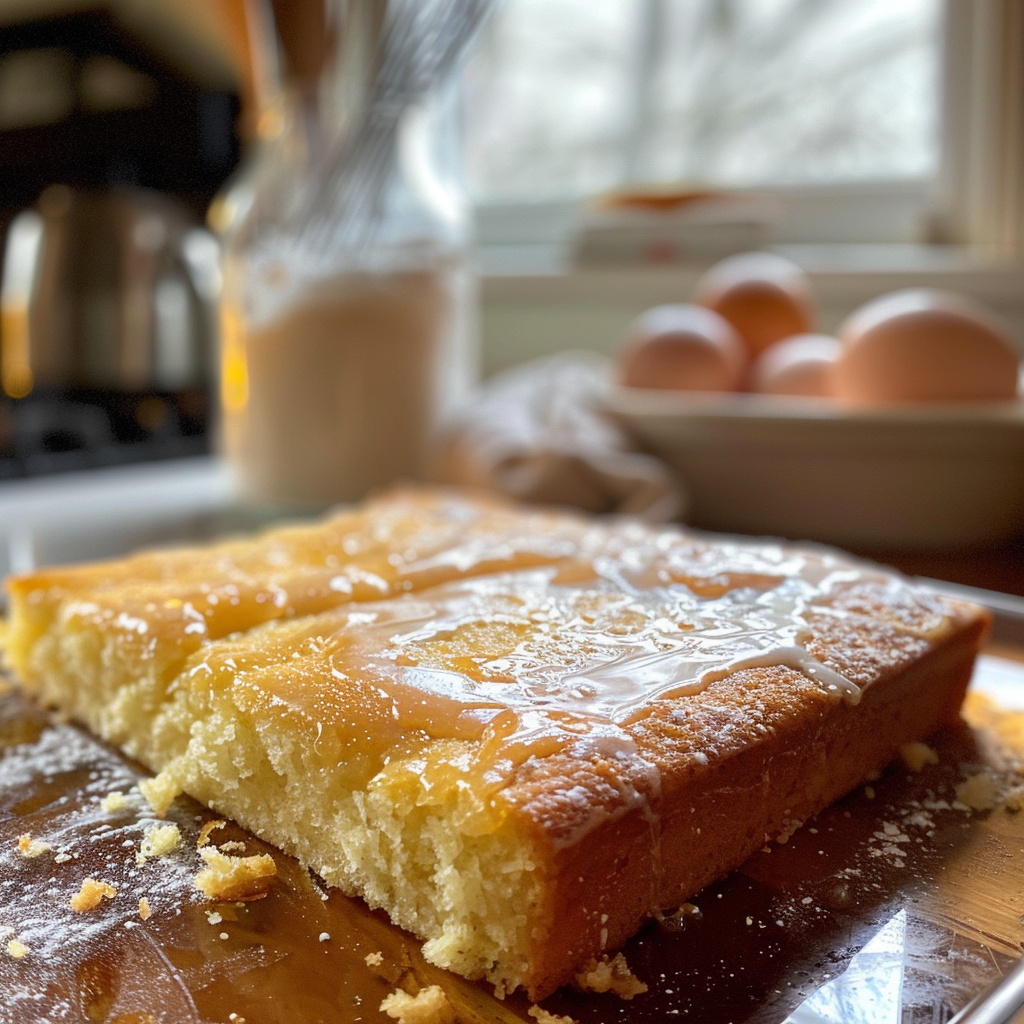
Kefir Sheet Cake
Ingredients
Equipment
Method
- Preheat oven to 350°F (175°C). Grease a 9×13-inch baking pan or line it with parchment paper.
- In a large bowl, whisk together the flour, baking powder, baking soda, and salt.
- In a separate bowl, beat the granulated sugar, brown sugar, and eggs until smooth. Add kefir, oil, and vanilla extract. Mix until fully combined.
- Gently fold the wet mixture into the dry ingredients. Stir just until no flour streaks remain. Do not overmix.
- Pour batter into prepared pan. Spread evenly. Optionally sprinkle cinnamon on top.
- Bake for 30–35 minutes, or until a toothpick inserted in the center comes out clean.
- Cool in the pan for 10 minutes. Transfer to a wire rack to cool completely. Dust with powdered sugar if desired.
Nutrition
Notes
Tried this recipe?
Let us know how it was!What Makes Kefir Sheet Cake Special?
The Unique Tang of Kefir in Baking
Kefir brings a one-of-a-kind flavor to baking. Imagine a subtle tanginess that enriches the sweetness of a cake without overpowering it. This distinct flavor comes from kefir’s fermentation process, where natural cultures break down lactose and produce a slightly sour taste. In comparison, kefir’s tang is similar to buttermilk or yogurt but with a deeper complexity, a characteristic that makes it excellent for baking as explored by food science experts at institutions like Cornell University.
In addition to flavor, kefir’s acidity reacts beautifully with baking soda or baking powder. As a result, this chemical interaction creates bubbles, giving the kefir sheet cake a fluffy, light texture. No dense or dry cakes here – just pure, moist goodness in every slice of your kefir cake.
Probiotic Benefits of a Kefir Sheet Cake Recipe
Beyond flavor, kefir is packed with probiotics—those beneficial bacteria known for improving gut health. While baking does reduce the number of live cultures, the remaining nutrients still aid digestion. Furthermore, kefir contains protein, calcium, and vitamins, making it a healthy addition to your baking routine. The general benefits of probiotics for gut health are widely studied by organizations such as the National Institutes of Health (NIH).
More importantly, kefir acts as a natural tenderizer. Because of its acidic nature, it breaks down gluten strands in the flour, which helps create a cake that’s incredibly soft and tender. Even if you’re not a baking expert, adding kefir helps reduce the margin for error when making a kefir sheet cake. Consequently, you get a cake that feels luxurious with every bite – light, moist, and melt-in-your-mouth good.
Why Choose Kefir Over Other Ingredients?
Sure, you could stick with buttermilk or yogurt, but kefir stands out for a kefir sheet cake recipe. It’s thinner than yogurt, making it easier to mix, and it also has a higher probiotic count than buttermilk. Additionally, the flavor is uniquely tangy without being too sharp.
If you’re looking to try something new, kefir is the perfect choice for your next baking project. In fact, a kefir sheet cake recipe offers a reliable way to add moisture and flavor to a basic sheet cake. It’s the little twist that transforms a familiar dessert into something truly special.
Essential Ingredients for Kefir Sheet Cake
Core Components
To make the perfect kefir sheet cake, you don’t need anything fancy. Most of the ingredients are pantry staples, but the key player here is kefir. Each component plays a specific role in creating a soft, moist, and flavorful kefir cake.
- All-Purpose Flour: The base of your cake. Sifting it helps create a lighter texture.
- Granulated Sugar: Provides the primary sweetness and caramelizes slightly during baking.
- Brown Sugar: Adds a hint of molasses flavor and extra moisture to this kefir cake.
- Baking Soda and Baking Powder: Work with the kefir to give the cake lift and fluffiness.
- Salt: Balances the sweetness and deepens the overall flavor of your cake.
- Eggs: Help bind the batter and contribute to the cake’s structure.
- Plain Kefir: The star ingredient. It provides moisture, tang, and a tender crumb for your kefir sheet cake recipe.
- Vegetable Oil or Melted Butter: Adds richness and softness.
- Vanilla Extract: Gives a warm, aromatic depth.
- Optional Spices: A sprinkle of cinnamon or nutmeg can add a touch of warmth.
- Powdered Sugar: For a simple dusting on top, enhancing the kefir sheet cake’s presentation.
These ingredients are easy to find and come together to make a kefir sheet cake that’s anything but ordinary. Make sure to stick with plain kefir to balance the flavors just right in your cake.
Optional Flavor Boosts for Your Kefir Sheet Cake
Want to make your kefir sheet cake recipe stand out even more? Adding a few flavor boosters can make a big difference:
- Cinnamon or Nutmeg: Just a dash can add a cozy, warm note that pairs beautifully with the tang of kefir in this sheet cake.
- Lemon or Orange Zest: For a bright citrus twist, grate a bit of zest into the batter of your kefir sheet cake.
- Vanilla Bean Paste: Swap out vanilla extract for paste to get those lovely vanilla specks.
- Nuts or Dried Fruit: Fold in chopped walnuts, pecans, or raisins for extra texture and flavor in your kefir cake.
These small additions let you personalize your kefir sheet cake without changing the core recipe. Simple tweaks like these can make your kefir sheet cake feel fresh and exciting every time you bake it.
Step-by-Step Kefir Sheet Cake Recipe
Preparation and Tools you well need
Before you start baking your kefir sheet cake, having everything ready makes the process smooth and fun. Here’s what you’ll need:
- Mixing Bowls: One for dry ingredients, another for wet.
- Whisk or Electric Mixer: For combining ingredients effortlessly.
- 9×13-inch Baking Pan: The perfect size for a kefir sheet cake.
- Spatula: Helps fold the batter and scrape the bowl clean.
- Parchment Paper: Optional, but makes kefir cake removal easy.
- Measuring Cups and Spoons: Accuracy is key for baking success.
Now that you’re set up, it’s time to bake your kefir sheet cake!
Detailed Instructions for Your Kefir Cake Recipe
structions for Your Kefir Cake Recipe
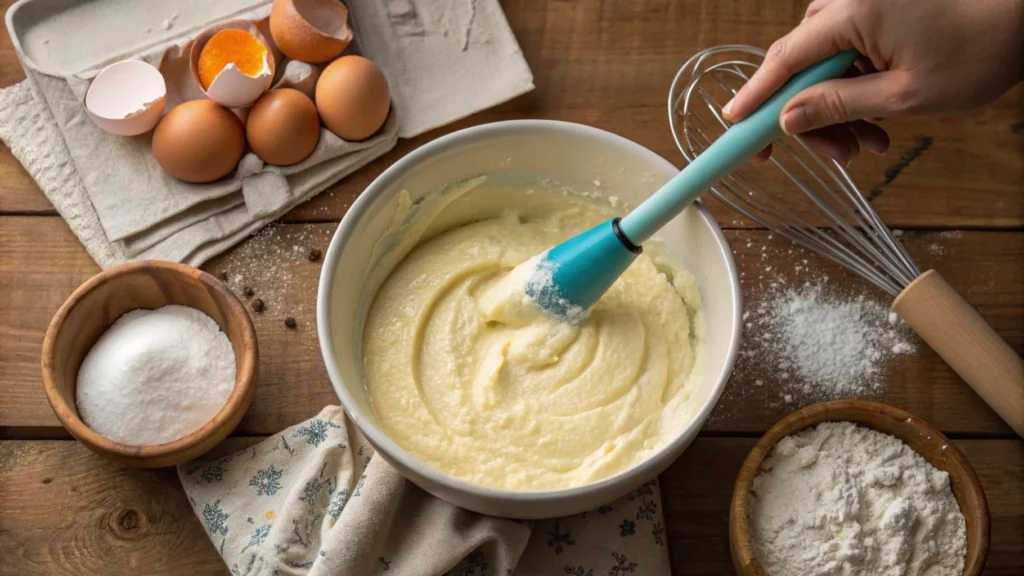
- Preheat the Oven: Set your oven to 350°F (175°C). Grease a 9×13-inch baking pan or line it with parchment paper for easy cleanup, preparing for your kefir sheet cake.
- Mix Dry Ingredients: In a large mixing bowl, whisk together:
- 2 ½ cups all-purpose flour (sifted)
- 1 teaspoon baking powder
- ½ teaspoon baking soda
- ½ teaspoon salt This step evenly distributes the leavening agents and salt for your recipe
- Beat Wet Ingredients: In another bowl, mix together:
- 1 cup granulated sugar
- ½ cup packed brown sugar
- 2 large eggs (at room temperature) Use a hand mixer or whisk for about 2-3 minutes until the mixture is smooth and creamy. Then, add:
- 1 cup plain kefir
- ½ cup vegetable oil (or melted butter)
- 1 teaspoon vanilla extract Stir until fully combined for your kefir sheet cake.
- Combine Wet and Dry Mixtures: Gradually pour the wet mixture into the dry ingredients. Using a spatula, fold the batter gently. Be careful not to overmix – stir just until no streaks of flour remain.
- Pour and Spread the Batter: Transfer the batter to your prepared pan, spreading it evenly with a spatula. For extra flavor, sprinkle a bit of ground cinnamon on top of your kefir sheet cake before baking.
- Bake the Cake: Place the pan in the oven and bake for 30-35 minutes. To check for doneness, insert a toothpick into the center. If it comes out clean, your kefir sheet cake is ready.
- Cool and Decorate: Let the kefir sheet cake cool in the pan for 10 minutes. Then transfer it to a wire rack to cool completely. Once cooled, dust it with powdered sugar if you like.
Your kefir sheet cake is now ready to serve! Whether you enjoy it with coffee, tea, or a scoop of whipped cream, it’s bound to be a hit.
Tips for Baking the Perfect Kefir Sheet Cake
Avoiding Common Mistakes
To make your kefir sheet cake a surefire success, watch out for these pitfalls. First, always bring your eggs and kefir to room temperature. Cold ingredients don’t mix well and can lead to a curdled batter. A smooth batter makes for a soft and consistent crumb in your kefir cake.
Next, be careful with your mixing. After adding the dry ingredients to the wet, stir just until combined. Overmixing develops gluten, leading to a dense cake rather than a tender one. Use a spatula to gently fold the batter, and stop as soon as you don’t see any dry flour for your recipe
Checking for Doneness in Your Kefir Cake
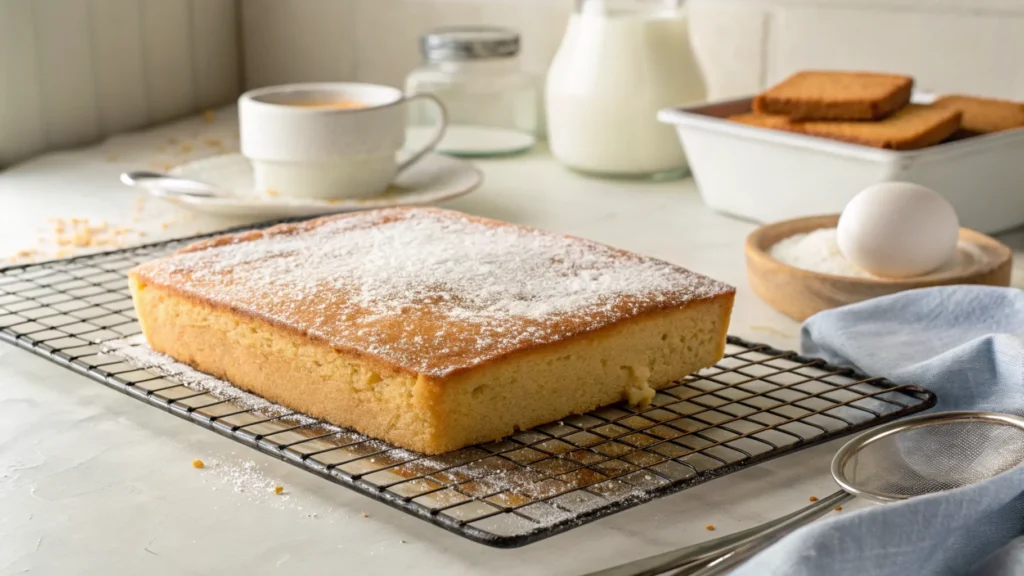
Baking the cake for the right amount of time is crucial. Around the 30-minute mark, start testing for doneness. Insert a toothpick into the center of the cake. If it comes out clean or with a few moist crumbs, your cake is ready. Overbaking dries out the cake, stealing away the rich moisture the kefir provides.
Let the cake cool for at least 10 minutes in the pan before transferring it to a wire rack. This brief resting period helps the cake set, making it easier to handle. Once cooled completely, you can decorate or serve this kefir sheet cake as is. A light dusting of powdered sugar adds a simple yet elegant finish.
For more baking tips, check out our Blackberry Cheesecake Recipe for another tangy and delightful dessert.
Storage and Make-Ahead Instructions for Kefir Cake
Keeping Your Kefir Sheet Cake Fresh
One of the best things about a kefir sheet cake recipe is its versatility for storage. To keep the cake fresh for a few days, place it in an airtight container at room temperature. It will stay moist and tender for up to 2 days this way. If you prefer to refrigerate, the kefir sheet cake can last up to 5 days without losing its texture.
To prevent the recipe from drying out, wrap it tightly with plastic wrap before placing it in the container. This simple step locks in moisture and keeps your cake tasting fresh.
Freezing and Thawing Tips for Kefir Sheet Cake
Need to prepare the kefir sheet cake ahead of time? Freezing is your best friend. Once the cake has cooled completely, wrap it in a double layer of plastic wrap followed by a layer of aluminum foil. This protects it from freezer burn. Label it with the date and store it flat in the freezer for up to 3 months.
When you’re ready to serve, let the your cake thaw at room temperature for a few hours. If you want to add toppings like whipped cream or berries, do so after the cake has fully thawed.
For a fresh-out-of-the-oven feel, microwave individual slices of your kefir sheet cake for about 10-15 seconds. This quick warm-up revives the cake’s moisture and makes it taste like you just baked it.
Flavor Variations and Serving Ideas
Creative Toppings and Add-Ins
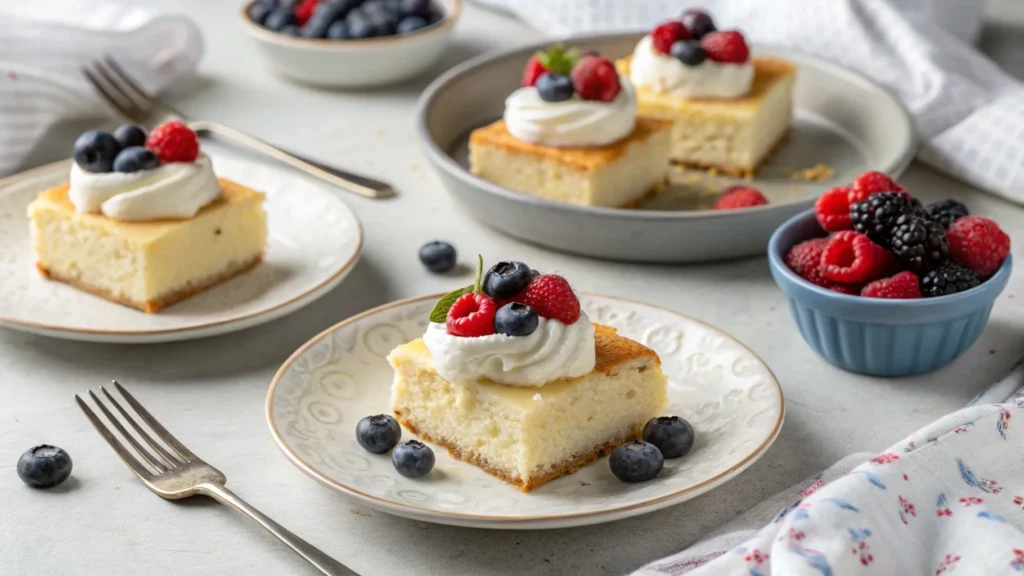
One of the best things about a recipe is how easy it is to customize. While the cake tastes fantastic on its own, adding toppings or mix-ins can give it a fresh twist every time you bake it. Here are some ideas to jazz up your kefir cake:
- Whipped Cream and Fresh Berries: A classic combo that balances the tang of the kefir. Strawberries, blueberries, or raspberries work beautifully with this sheet cake.
- Cream Cheese Frosting: For a richer dessert, spread a layer of cream cheese frosting on top. The slight tang complements the kefir perfectly.
- Citrus Glaze: Mix powdered sugar with lemon or orange juice for a zesty glaze. Drizzle it over the cooled kefir sheet cake for a bright finish.
- Nuts and Spices: Fold chopped walnuts, pecans, or almonds into the batter for a bit of crunch. A dash of cinnamon or nutmeg adds warmth and depth to your kefir cake.
These simple add-ons keep your kefir sheet cake recipe versatile and exciting, making it suitable for any occasion.
Flavor Pairings for Different Occasions
This kefir sheet cake’s adaptable flavor makes it a great choice for everything from casual coffee breaks to festive gatherings. Here are a few pairing suggestions for your kefir cake:
- For a Cozy Afternoon: Serve with a hot cup of tea or coffee. The cake’s tangy flavor pairs well with both.
- For a Summer Dessert: Top your kefir sheet cake with a scoop of vanilla ice cream and fresh fruit for a refreshing treat.
- For a Holiday Feast: Add a dusting of powdered sugar and a sprinkle of cinnamon for a festive touch to this kefir cake.
- For a Kids’ Party: Decorate your kefir sheet cake with a simple vanilla glaze and colorful sprinkles to make it fun and appealing.
No matter the setting, this kefir sheet cake recipe is sure to be a crowd-pleaser with just a few thoughtful additions.
FAQ
How Long Does the Cake Stay Fresh?
When stored at room temperature in an airtight container, the cake stays fresh for up to 2 days. In the refrigerator, it can last up to 5 days. For longer storage, wrap it tightly and freeze it for up to 3 months.
What’s the Best Way to Serve Kefir Sheet Cake?
The cake tastes wonderful on its own, but adding toppings like whipped cream, fresh berries, or a dusting of powdered sugar can make it even more delightful. Serving it slightly warm with a scoop of ice cream is another delicious option.
How Do I Know When the Cake is Done?
Check the cake after about 30 minutes of baking. Insert a toothpick into the center; if it comes out clean or with a few crumbs, it’s ready. Avoid overbaking to keep the cake moist.
Can I Use Flavored Kefir?
Plain kefir is best to maintain the right balance of flavors. Flavored kefir can add extra sweetness or unexpected tastes that might not work well with the recipe. If you want a flavor boost, add vanilla extract, citrus zest, or spices to the batter instead.
Why is Kefir Used in This Recipe?
Kefir’s tangy flavor and acidity help create a light, fluffy texture while keeping the cake moist. Plus, it adds a subtle complexity that makes this sheet cake stand out from traditional recipes.
Health Benefits of Baking with Kefir
Nutritional Advantages of Kefir in Your Sheet Cake
Kefir is more than just a trendy ingredient — it’s a nutritional powerhouse. Adding kefir to your baking offers several health benefits, making your kefir sheet cake not only tasty but also beneficial.
For starters, kefir is rich in probiotics, which promote healthy digestion by supporting gut bacteria. Even though baking reduces the number of live cultures, the residual nutrients still aid digestion. Additionally, kefir is packed with protein, calcium, and vitamin B12, all essential for maintaining strong bones and energy levels.
Moreover, kefir’s fermentation process breaks down lactose. As a result, it is easier for those with mild lactose intolerance to digest. You get a creamy, tangy kefir cake without the potential stomach upset that other dairy products might cause.
Lower Fat, Same Moisture with Kefir Sheet Cake
Many traditional cake recipes rely on sour cream, heavy cream, or buttermilk to achieve a moist crumb. However, by swapping in kefir, you get similar moisture but with less fat. Although kefir has a thinner consistency, it still adds richness and tenderness to your kefir sheet cake.
This makes your kefir sheet cake recipe a lighter option that doesn’t compromise on flavor or texture. So, if you’re watching your fat intake but still want a moist cake, kefir is an excellent choice. It’s a win-win for those who want a treat without feeling weighed down.
Baking Tips for Beginners
Start with the Basics
If you’re new to baking, this recipe is a great place to begin. The steps are straightforward, and the ingredients are simple. To help you succeed, here are a few essential tips to keep in mind.
First, measure accurately. Use proper measuring cups for dry and liquid ingredients. Be sure to level off dry ingredients with a knife to get precise amounts. Additionally, make sure your eggs and kefir are at room temperature before mixing. This helps everything blend smoothly and evenly for your kefir sheet cake.
When mixing the batter, avoid overmixing. As soon as the dry ingredients are combined with the wet, stir gently until just blended. Overmixing can lead to a dense kefir cake, which no one wants!
Troubleshooting Common Issues with Your Kefir Sheet Cake
Baking doesn’t always go perfectly, but there are ways to fix common problems with your recipe.
- Dense Cake: This issue usually happens when you overmix the batter or use too much flour. To prevent this, sift your flour and fold the batter gently.
- Dry Cake: Overbaking is typically the cause of dryness. Therefore, check the kefir sheet cake at the 30-minute mark and remove it from the oven as soon as a toothpick comes out clean.
- Cake Sticking to the Pan: To avoid this, grease the pan thoroughly or line it with parchment paper. This step makes it much easier to remove the kefir sheet cake without breaking it.
By following these tips, you’ll be on your way to baking a flawless kefir sheet cake. Don’t worry if your first attempt isn’t perfect — practice makes better, and soon enough, you’ll have it down to an art!
Conclusion: Why Kefir Sheet Cake is a Must-Try
A kefir sheet cake is the perfect blend of simplicity, flavor, and unique texture. With its subtle tang, incredible moisture, and soft crumb, this kefir cake stands out from traditional sheet cakes. Whether you’re baking for a family gathering, a casual dessert, or just to enjoy a sweet treat at home, this recipe delivers every time.
Beyond its delicious taste, kefir brings health benefits like probiotics, protein, and essential nutrients, making this kefir sheet cake a slightly more wholesome option. Plus, with easy customizations—like adding spices, citrus zest, or a simple glaze—you can tweak the flavors to suit any occasion.
So why not give this kefir sheet cake recipe a try? With its easy steps, pantry-friendly ingredients, and fail-proof results, it’s bound to become a new favorite in your baking rotation. Enjoy every moist, flavorful bite, and don’t forget to share it with friends and family!
